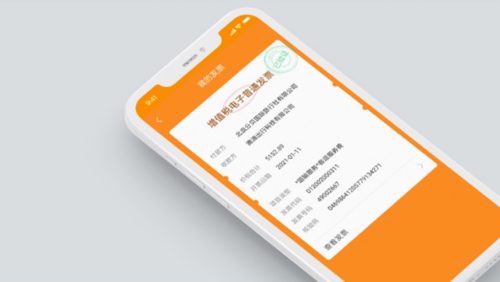The final meltdown: P2P in China in 2020

A version of this article was originally published by KapronAsia, a Shanghai- and Singapore-based fintech consultancy.
No China fintech segment has fallen faster and harder than peer-to-peer lending. Not even cryptocurrency, which Beijing all but outlawed, has been crippled like P2P lending. The reason is simple: The scam-ridden P2P lending segment robbed hundreds of thousands of retail investors of their life savings. Some distraught victims even committed suicide. There were massive Ponzi schemes.
Ezubao, a now-defunct P2P lender that was based in Anhui, defrauded $7.6 billion from 900,000 investors before it imploded. A Beijing court sentenced Ezubao’s founder to life in prison in 2017. Shanlin Finance, which was based in Shanghai, swindled $9 billion from investors before authorities broke it up in 2018.
In Beijing’s view, scams of that size threaten social stability. With that in mind, the government had no choice but to crack down on the largely unregulated segment. To be sure, Beijing’s dragnet has snagged some compliant lenders as well as miscreants. Yet, from the government’s perspective, that’s a small price to pay to assert control over the industry and reduce systemic financial risk. As of the end of 2019, just 343 P2P firms were still operating, down from 6,000 at the sector’s 2015 peak. Authorities in Gansu, Hebei, Hunan, and Sichuan Provinces, as well as the municipality of Chongqing, shut down P2P lending completely.
In November, China gave existing P2P lenders two years to exit the industry. There are strict capital requirements if the firms want to become qualified lenders. To become a regional small loan company, 50 million yuan ($7.21 million) in capital is needed. To operate on a national level, 1 billion yuan ($144.1 million) is required. The new requirements are intended “to reduce the loss of creditors, maintain social stability and prompt orderly development of inclusive finance,” China’s Internet Financial Risk Special Rectification Work Leadership Team Office (an online lending regulator) said in a statement (in Chinese).
The crackdown shows no signs of abating. In early January, authorities in Shanxi Province reportedly shut down 26 P2P firms. They also found 15 other noncompliant P2P businesses, which are required to exit the market by June.
Who will be the biggest winners?
Even as P2P lending withers in China, demand for online lending will remain robust. If consumers cannot borrow money through P2P platforms, they will look elsewhere. Expect Beijing’s trusted fintech titans to pick up the slack for the ailing P2P lending segment: companies affiliated with Alibaba and Tencent.
Microfinancing remains readily available in China through platforms like Huabei, the microlending arm of Ant Financial. Huabei has already become one of China’s top providers of personal credit lines. Most users have credit lines of below 6,000 yuan ($865), and the average outstanding balance is about 1,000 yuan ($144), according to data cited by the Wall Journal (paywall) in December.
Delinquency rates on Huabei’s loans are relatively low, as they are for credit cards in China, the Wall Street Journal found. About 1.6 percent of Huabei’s loans were over 30 days overdue as of June, while 1.2 percent were more than 90 days past due.





